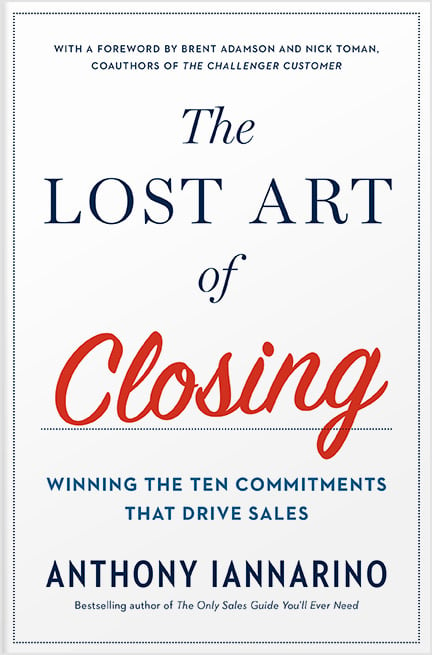Most days, I am greeted by a LinkedIn message or email spam from a sales trainer, sales consultant, a salesperson who offers lead generation services, or someone who helps people who write books acquire clients. It is clear the person sending the email, InMail, or note did nothing to determine whether or not I might be a prospect for their services. If everyone is a prospect, no one is a prospect. It’s lazy prospecting and the misuse of the sales tools.
Lazy Prospecting
Prospecting used to be both easier and more challenging in the past. It was easier because you had fewer real obstacles like finding your way through a phone directory and voicemail. Even though you had to get past the gatekeepers, they were human, which means you had a better shot of finding a way to the person you were trying to reach if you had the chops. The electronic gatekeepers are unreasonable.
Prospecting was much more challenging in the past because there were no platforms like LinkedIn. Once someone asked me why I called companies out of the phone book, and I had to explain that that was where they kept the phone numbers. Now you can find the person you need, with a profile they wrote themselves, and with their contact information easily accessible.
Here is what makes for lazy prospecting:
No Targeting: To prospect effectively, you need to narrow your efforts to the potential clients who are going to receive value from your offering. Targets are better than leads because they provide a focus for your effort and your energy. Because you are not wasting time on companies and people who are not right for what you sell, you speed your results. When you have no targets or suffer from a belief that everyone is a prospect, you waste your time—as well as the people you bother.
No Theory of “Why Change:” There is no reason to pursue any client if you don’t have some hypothesis about how they could produce better results. While it may benefit your prospective client to buy from you instead of your competition, effective outreach requires a theory as to why they should change. The first hurdle you have to get over when asking for the commitment of time is a firm idea of what challenges your potential client may be struggling with, why they are struggling, and what they need to do about it. You cannot be lazy when it comes to being a consultative salesperson.
No Value Creation: Of all the things that would improve your prospecting approach, there is nothing more powerful than the value you offer in trade for a meeting (watch this YouTube video on the Trading Value rule from The Lost Art of Closing). What makes you lazy as a salesperson is straight pitching people on you, your company, and your solution in email communication.No more pushy sales tactics. The Lost Art of Closing shows you how to proactively lead your customer and close your sales. 
Misused Sales Tools
One of the reasons lazy prospecting is running rampant on all platforms is a misuse of the tools. People and companies are treating prospecting as if it is marketing.
Not One to Many: Prospecting is not a one-to-many approach. Marketing is one-to-many. The definition of prospecting is asking a client for a meeting to begin a conversation around better results, and it’s a one-to-one approach in B2B sales. When you receive a one-to-many email, it’s marketing. Because the tools allow sales organizations and salespeople to use a one-to-many approach that spoofs a one-to-one approach, lazy people use technology for prospecting, mostly to their detriment.
Brute Force: There is another challenge with what we might call a “brute force” approach to the use of sales tools. If you are a consultative, B2B salesperson, you’d make a phone call, leave a voice mail, and send a follow up email. If you are other-oriented, you would feel some tinge of discomfort in sending a fourth, fifth, of sixteenth email with all the prior emails under your signature line. Your are not going to close more deals by acting like a child and complaining that your potential client didn’t respond your email. If you want to communicate over email, perhaps you need a pen pal.
Because something is possible does not make it the right approach, nor does it indicate that it is the most effective choice one might make. It is hard not to be embarrassed for the people who send these messages to their competitors, believing that a title is enough evidence to send the person a flurry of emails and a calendar link where they might schedule a meeting with the salesperson. That link is the loneliest link on the internet, the calendar a pristine, white space of desperation, desolation, and sadness.
The folks who offer lead generation services and appointment settings who spam business owners on LinkedIn have already shown you what they believe to be the best and most effective way to acquire new meetings and new clients. If you were trying to obtain meetings with business owners desperate for new clients, their approach might work well for you, but in B2B sales, you would do well to avoid automating spam as your approach to new client acquisition.
Choose a model method for prospecting. Build and use an effective prospecting sequence. And most of all, don’t be lazy.












Comments